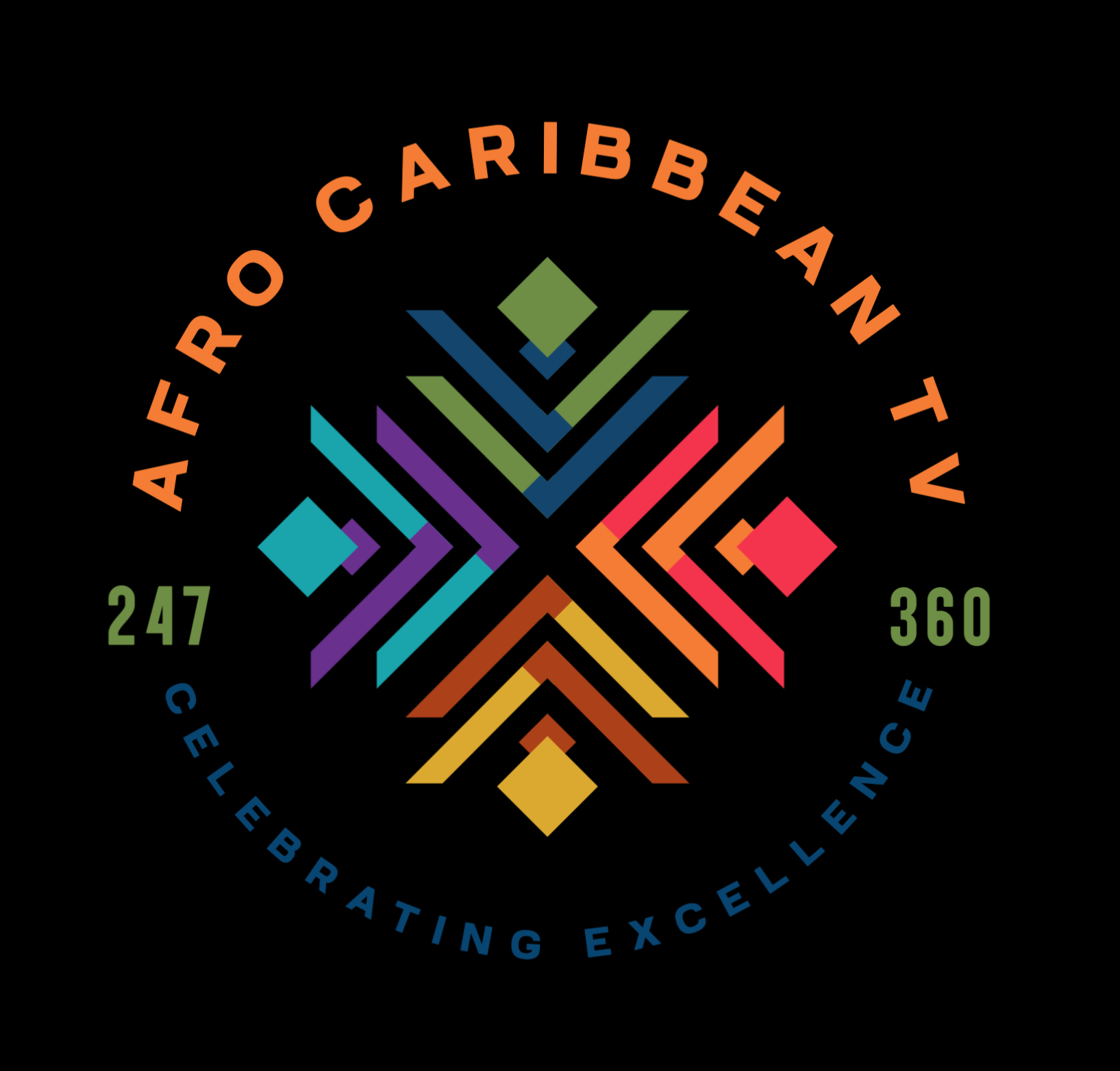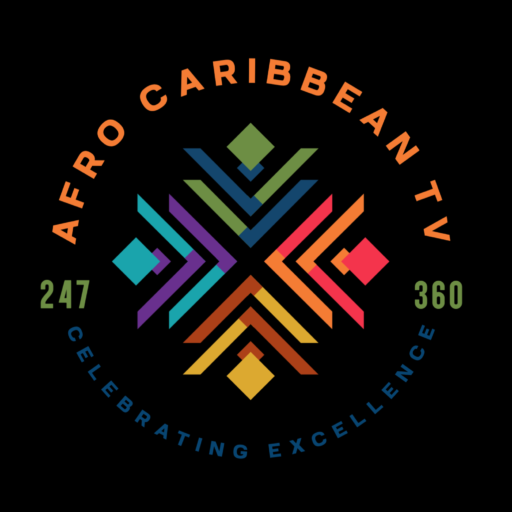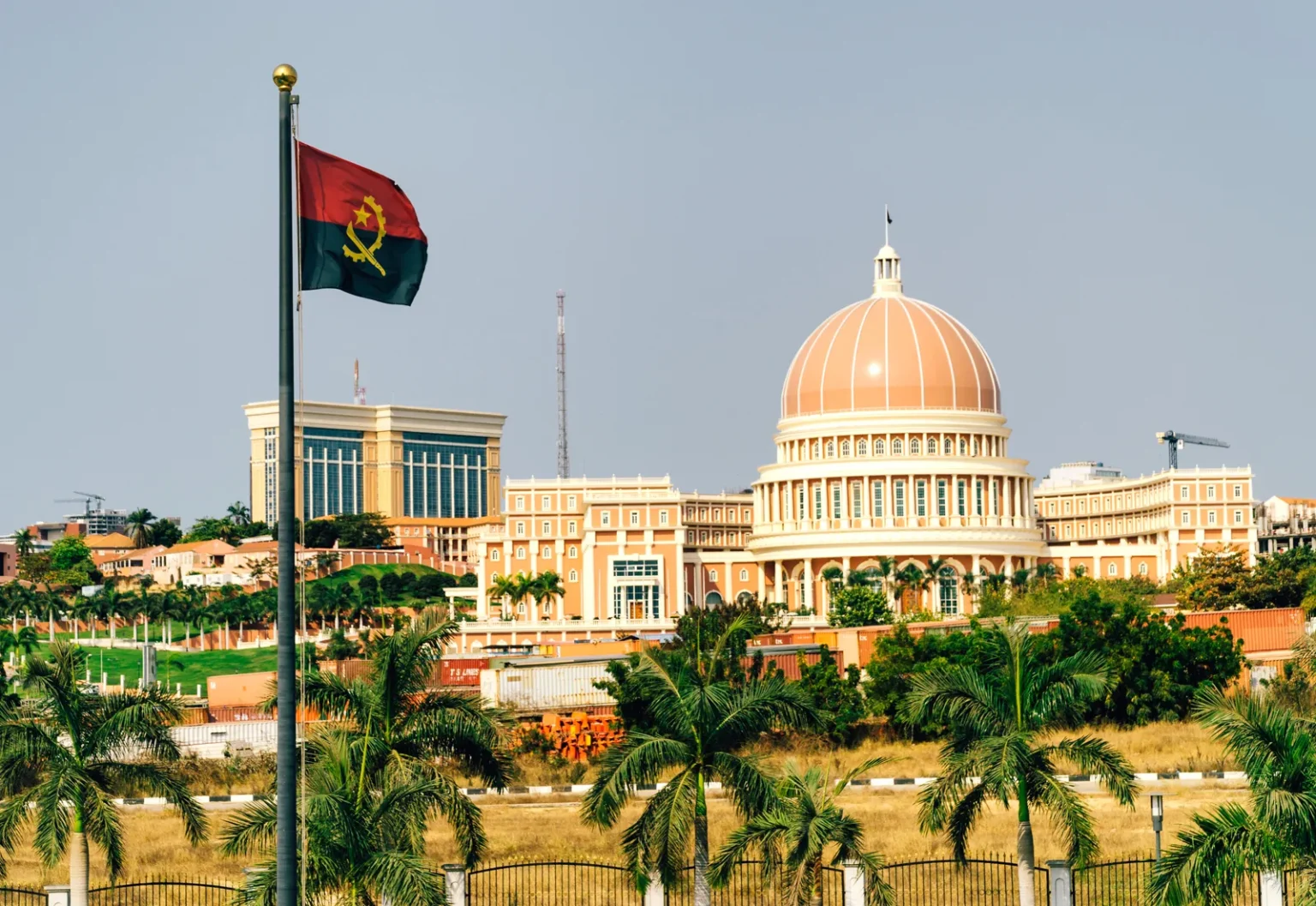Angola is governed as a unitary presidential republic, meaning power is concentrated in the central government, and the President serves as both head of state and head of government.
Here are the main forms and branches of government in Angola:
1. Executive Branch
- President of the Republic is the most powerful figure.
- Serves as head of state, head of government, and commander-in-chief of the armed forces.
- Elected by majority vote through party-list proportional representation (the party with the most votes names the president).
- Current President (as of 2025): João Lourenço
- Vice President: Assists the president and may step in if needed.
- Council of Ministers: Composed of ministers who oversee sectors like defense, finance, education, health, etc.
2. Legislative Branch
- Angola has a unicameral National Assembly (Assembleia Nacional).
- Composed of 220 members elected every 5 years.
- Responsible for making laws, approving budgets, and supervising government actions.
- Members are elected through a mixed electoral system (some by province, some nationally).
3. Judicial Branch
- Independent in theory, but subject to executive influence in practice.
- Key bodies:
- Supreme Court (Tribunal Supremo) – highest court for civil and criminal matters.
- Constitutional Court – interprets the constitution and rules on electoral issues.
- Court of Auditors – oversees public finances and corruption matters.
- Military Courts – handle military-related legal cases.
4. Local Government
- Angola is divided into 18 provinces, each led by a governor appointed by the President.
- Provinces are subdivided into municipalities and communes.
- Local government reforms are underway to introduce greater decentralization and potential local elections in the future.
Elections in Angola
- General elections are held every five years.
- The ruling party has historically been the MPLA (People’s Movement for the Liberation of Angola) since independence in 1975.
- The main opposition party is UNITA.
Summary:
| Branch | Description |
|---|---|
| Executive | President-led, most powerful branch |
| Legislative | National Assembly (220 members) |
| Judicial | Supreme, Constitutional, and lower courts |
| Local | Governors and municipal administrations |


